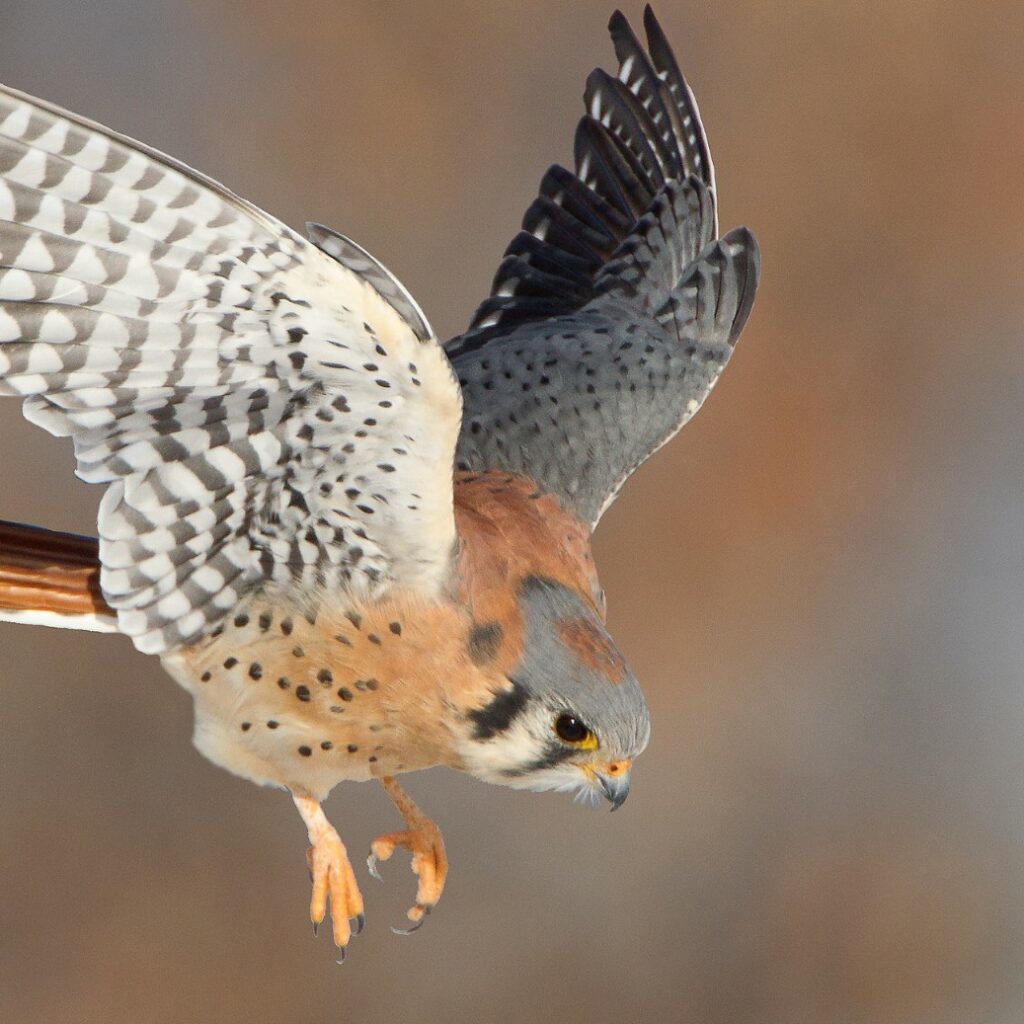
The Small but Mighty American Kestrel — Recovery, Rehabilitation & Research
American kestrels, the smallest falcons in North America, are beautiful birds of prey with striking plumage and a...

Canada’s wilderness is the world’s envy. It’s our duty to keep our true north strong and green.
Donate